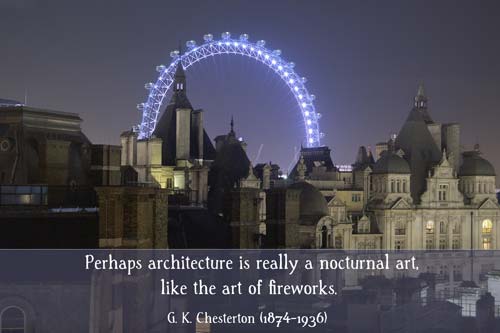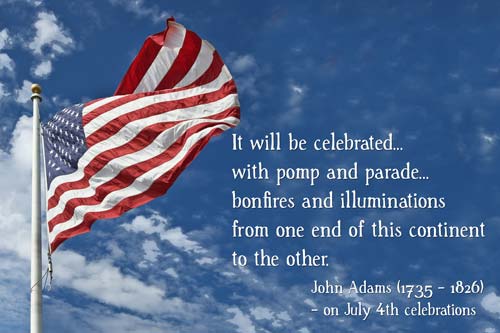The Origins of Fireworks
If you get the opportunity to see some glorious fireworks this Fourth of July on this Independence Day in the USA, you are actually witnessing an invention that can be traced back to China many centuries ago.
Here’s how this particular ‘once upon a time’ story goes according to historians: A Chinese cook was working in a field kitchen one day when he happened to mix sulfur (which is flammable), charcoal (which is burnt wood), and saltpeter (which is a salt substitute).
These elements were all commonly found in kitchens at that time.
The Discovery of Gunpowder in Ancient China
As the story goes, the cook discovered that this mixture burned when it was ignited – and it was this way that gunpowder came into use.
Although historians differ about the exact date regarding this event, most people agree that the first recorded instance about this story regarding the Chinese field cook took place some time during China’s Song Dynasty (960-1279).
The Invention of Firecrackers in Far East Asia
The next stage towards fireworks occurred with the creation of firecrackers about a thousand years ago. At that time, historians claim that Taoist monks in Far East Asia who had scientific backgrounds were trying to discover a potion to grant eternal life and immortality.
Like the Chinese cook, they too discovered the flammable gunpowder mixture during their research.
Honoring the Monk Named Li Tian
However, it is claimed that a monk named Li Tian then poured this mixture into an enclosure, namely a bamboo tube. Next, he squeezed each end, attached a detonator cord – and in this ways, created a diminutive rocket that produced noise, smoke, and light. This became the first official firecracker.
So although those scientific monks might not have come up with a drink to access eternal life, Li Tian’s device with its loud and explosive sounds was pressed into service to ward off ghosts and evil spirits because it was commonly believed that such bad influences were frightened by the loud bangs of such an explosive device.
Using Firecrackers to Celebrate Life Events in China
Soon the Chinese were using firecrackers to celebrate weddings, births, birthdays, deaths, victories in battle, moon eclipses, and the New Year.
In modern times, firecrackers are used extensively for Chinese New Year celebrations. The Chinese New Year is the most important festival in China because it is at the time of the year when all family members gather together, similar to Christmas in the West.
In addtion, the Chinese celebrate the invention of the firecracker by offering sacrifices to the monk Li Tian every year on April 18th.
Marco Polo Brings Gunpowder Back to Europe
How did fireworks come into use in the West?
Although some historians claim that the Crusaders brought the black powder to Europe when they returned from their expeditions, in general it is Marco Polo who is recognized as the person who brought gunpowder to Europe during the 13th century.
Using Gunpowder for Military Purposes and Fireworks in Europe
Once in Europe, the black powder was used for military purposes (that is, in rockets, canons, and guns).
The Italians, Germans, and the English were all fascinated with using this same black powder to create fireworks.
Fireworks Lauded by Queen Eliabeth I, Shakespeare, and King James II
Fireworks also became very popular in England during the reign of Queen Elizabeth I.
In fact, Elizabeth I was so fascinated with fireworks and she enjoyed them so much that she created a position called the ‘Fire Master of England’.
William Shakespeare who lived during this period writes of fireworks in his plays.
Later in England’s history, a fireworks display was used to celebrate King James II’s coronation in 1685.
An Example of Fireworks in Present-Day England
Like the USA and other countries around the world, England still enjoys using fireworks, including to bring in the New Year.
In the center of its capital of London following the chimes of the city’s famous ‘Big Ben’, fireworks for the New Year are currently fired from the London Eye.
Also known as the Millennium Wheel, the London Eye is the biggest Ferris wheel in Europe. You can see it here in one of our Quillcards ecards:

Celebrating the Fourth of July
On this Fourth of July as on every July 4th since the country’s first anniversary in 1777, Americans commemorate the adoption of the Declaration of Independence on July 4, 1776, when the newly-formed country declared its independence from Great Britain.
In modern times, this national holiday is commonly associated with many public and private events celebrating the day along with parades, barbecues, carnivals, picnics, concerts, sports events, political speeches and ceremonies – and of course, with fireworks displays of all shapes and sizes throughout the country.
The American President John Adams Makes A Prediction
Even way back at the beginning of July 4th celebrations, fireworks to celebrate the day have figured in the American mindset.
In fact when independence was achieved in 1776, John Adams – one of its ‘Founding Fathers’ who had come to prominence in the early stages of the American Revolution and who had played a leading role in persuading Congress to adopt its Declaration of Independence and who would later who would later become the second President of the United States in 1797 – had this to say when wrote to his wife Abigail about how he envisaged that future generations of Americans would celebrate the day:
“I believe that it will be celebrated by succeeding generations as the great anniversary festival. It ought to be celebrated by pomp and parade, with shows, games, sports, guns, bells, bonfires, and illuminations [i.e. fireworks] from one end of this continent to the other,” he said.
Quillcards features an excerpt from this famous quotation in this ecard of ours:

The Astonishing Coincidence of July 4, 1826
John Adams died on July 4, 1826. At that time, he was living on his farm in Quincy, Massachusetts. His beloved wife Abigail had died eight years earlier from typhoid fever.
Up to the time of his death, he had continued writing elaborate letters to Thomas Jefferson, a fellow Founding Father of the country whom he had first met at the 1775 Continental Congress in Philadelphia.
In fact, John Adams’ final words were about this close friend and colleague of his.
“Thomas Jefferson survives,” he said.
However, he was wrong: Thomas Jefferson had actually died on that very same July 4th at Monticello, his Virginia home, only a few hours before John Adams himself died.
That particular July 4th was also significant for another reason: It marked the fiftieth anniversary of the signing of the Declaration of Independence in which both John Adams and Thomas Jefferson had both been signatories for their respective states of Massachusetts and Virginia.
References
Who Invented Fireworks? by Venus Kelly
History of Fireworks featured in Fireworks University
History of July 4th Celebrations by David Johnson
About the White House – John Adams from The White House website
John Adams from The Jefferson Encyclopedia
Abigail Adams from Who2
The Declaration of Independence from ushistory.org
Wikipedia material on Elizabeth I, James II, John Adams, Thomas Jefferson, Independence Day, and the London Eye